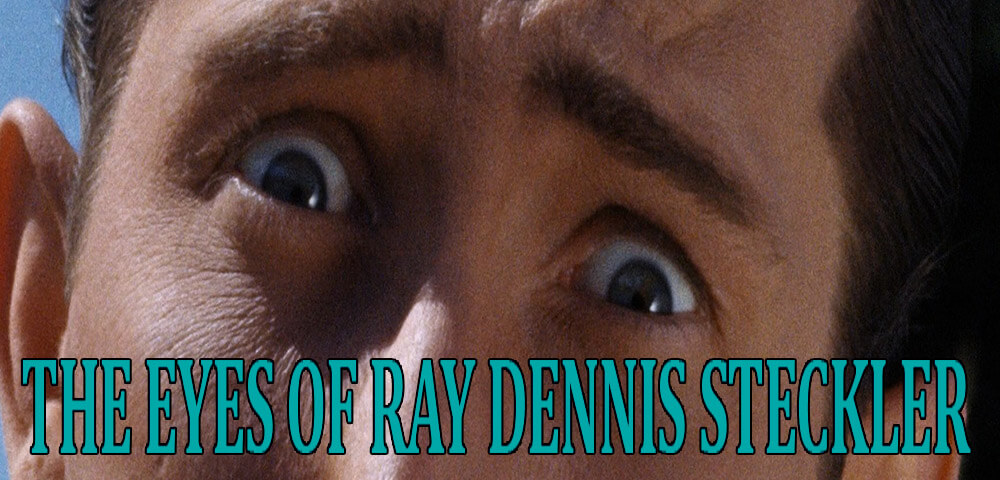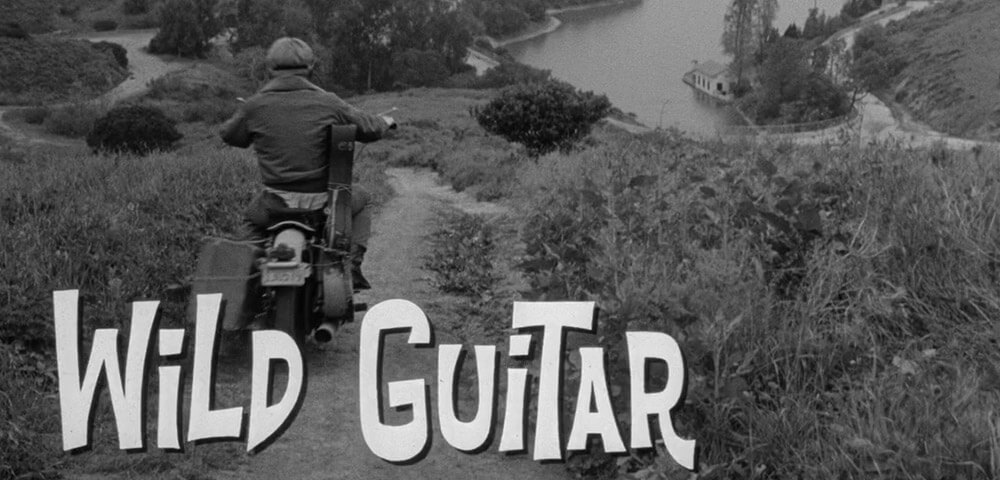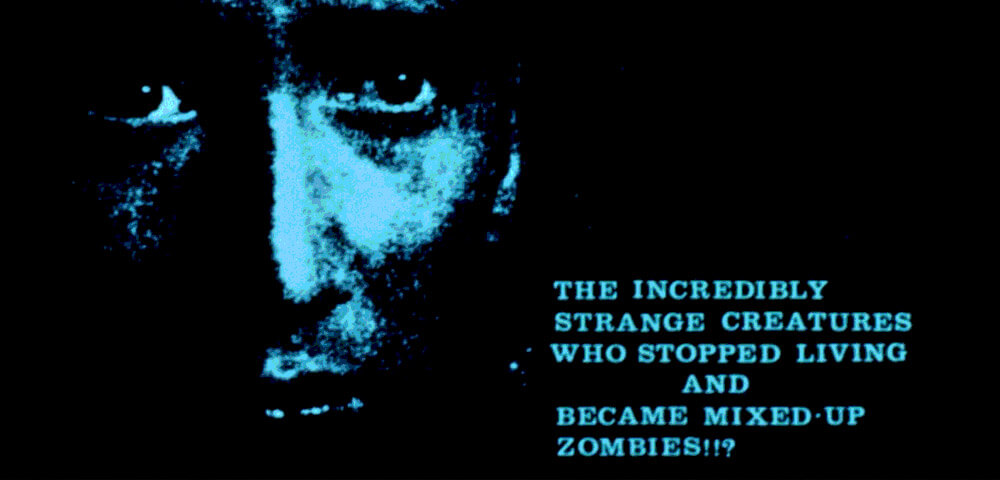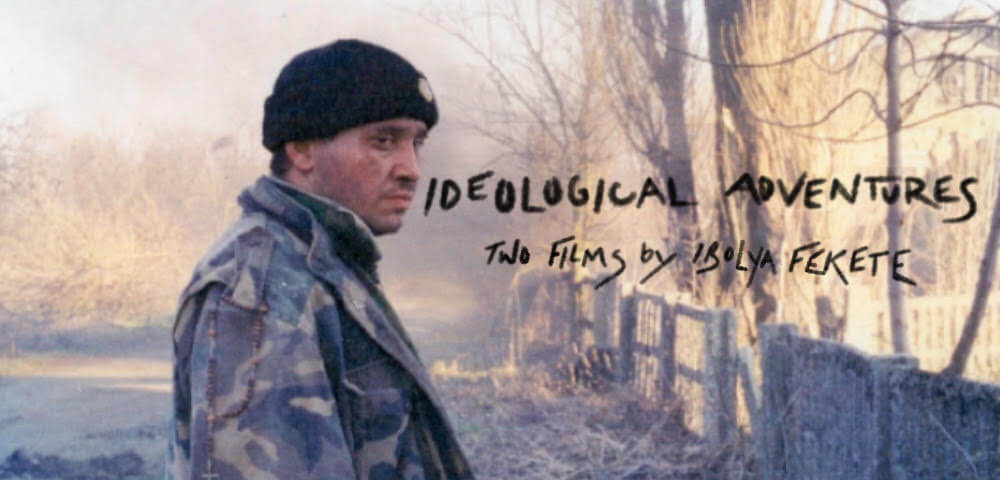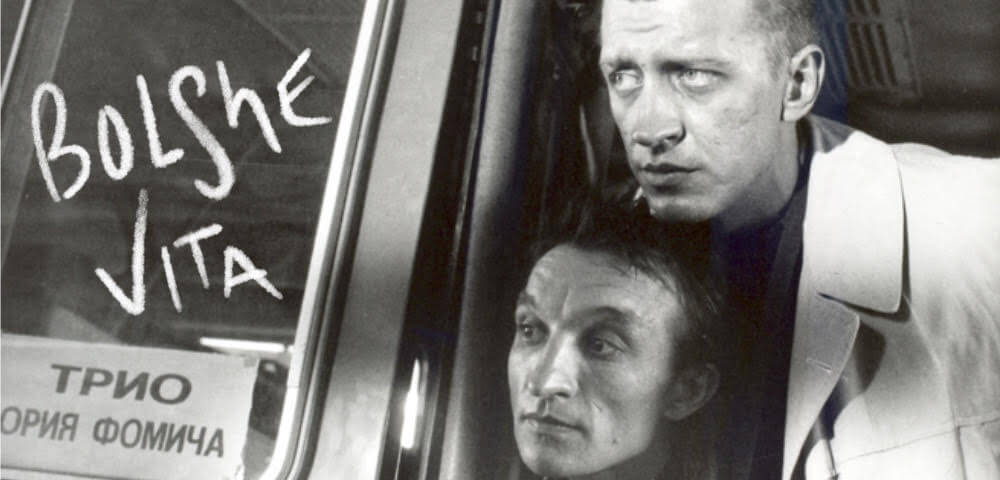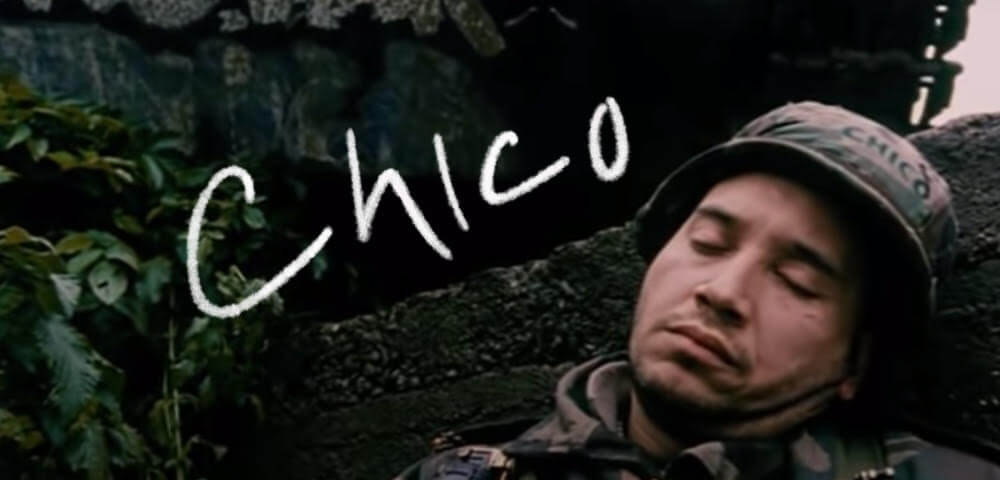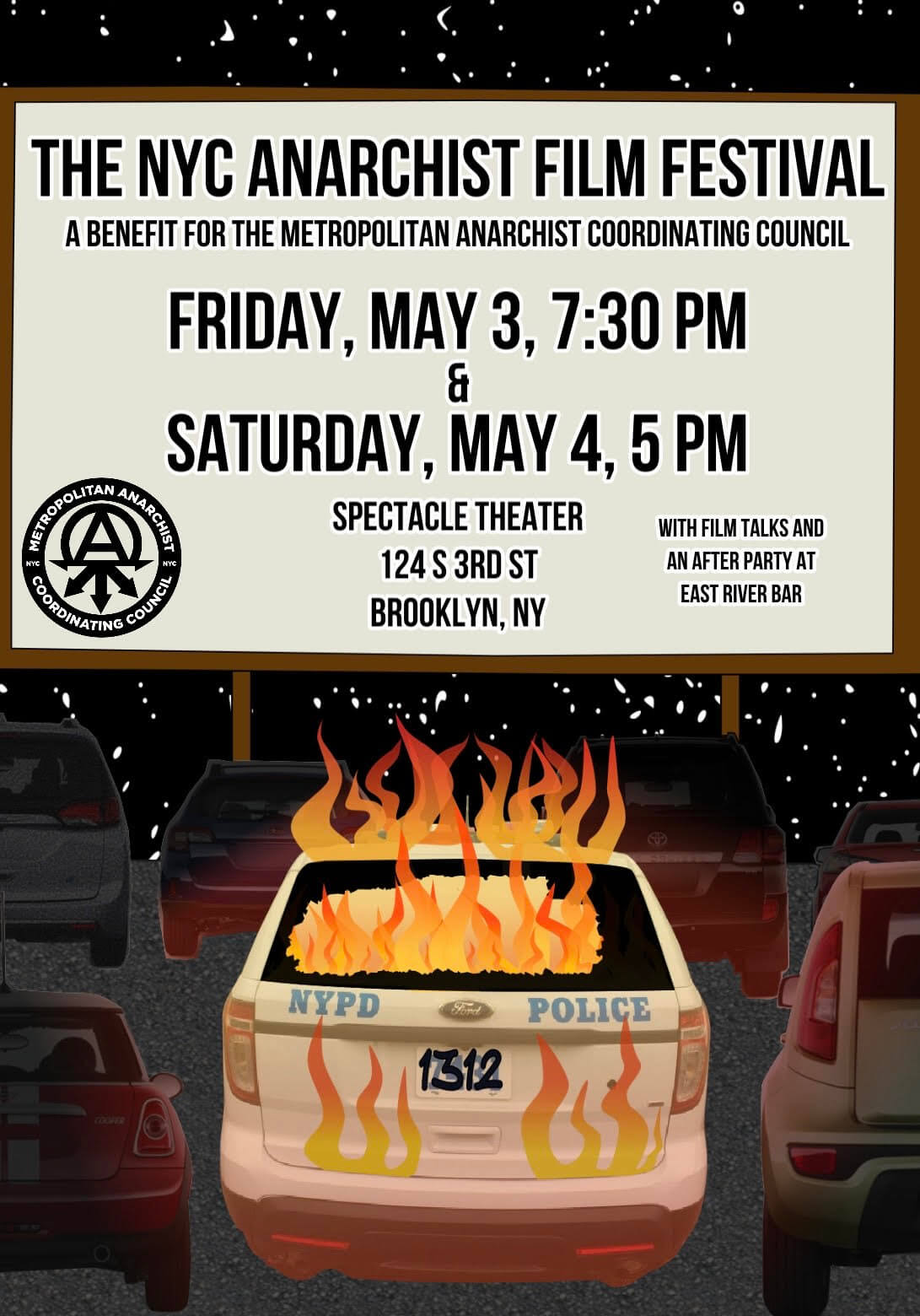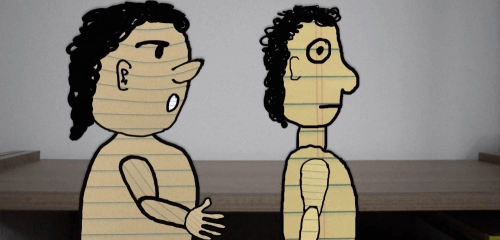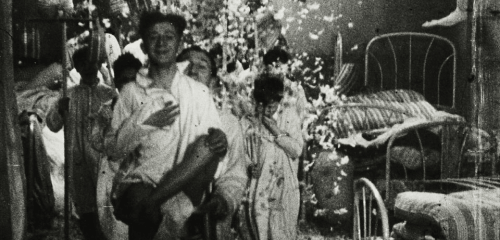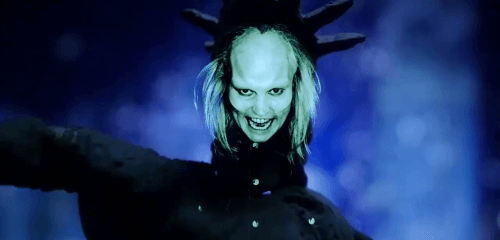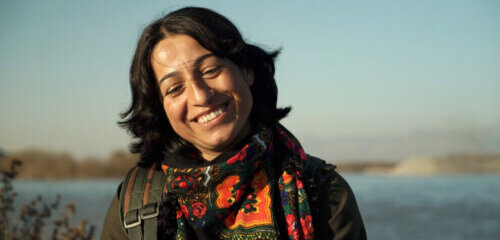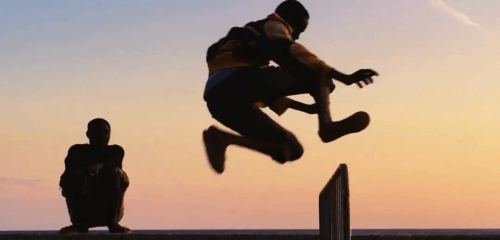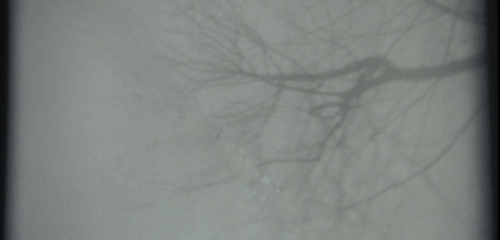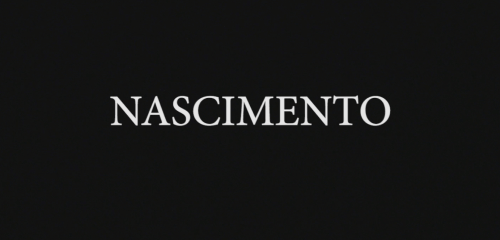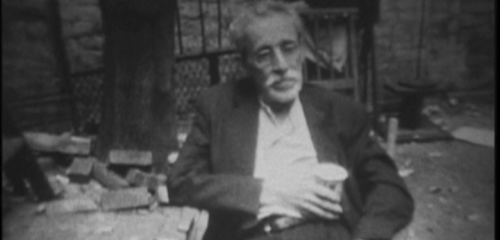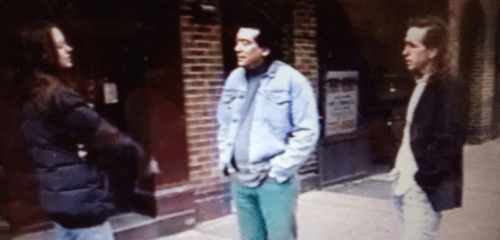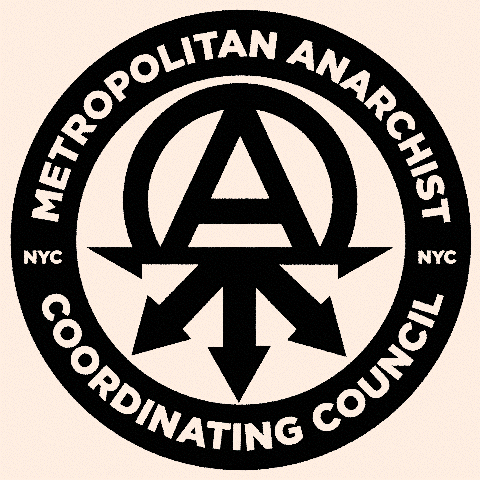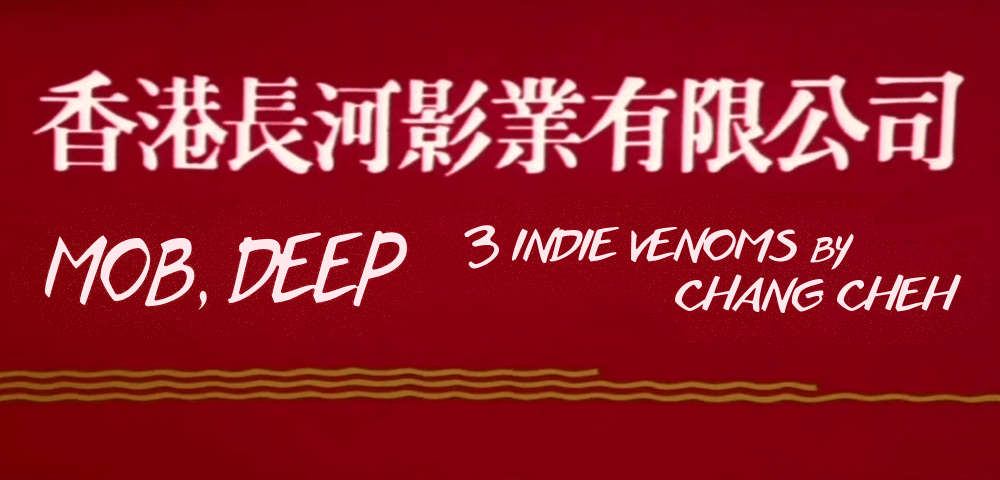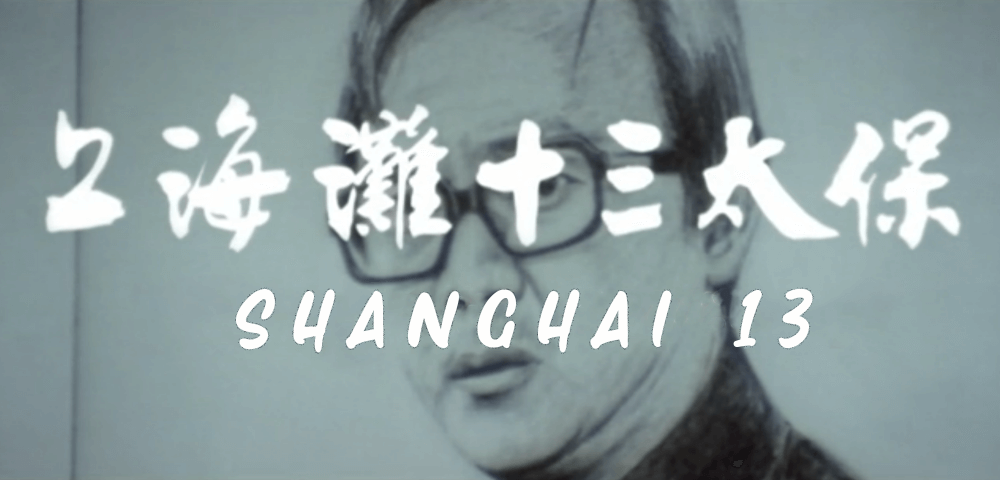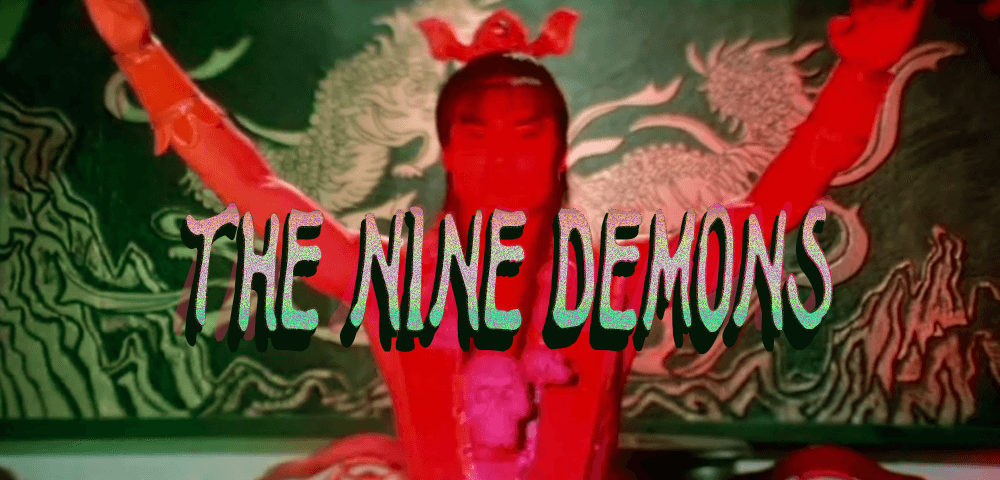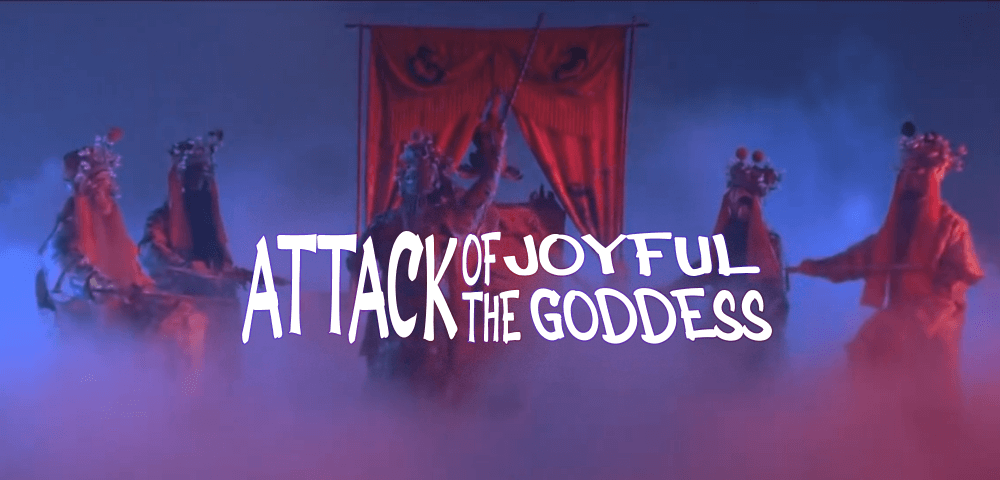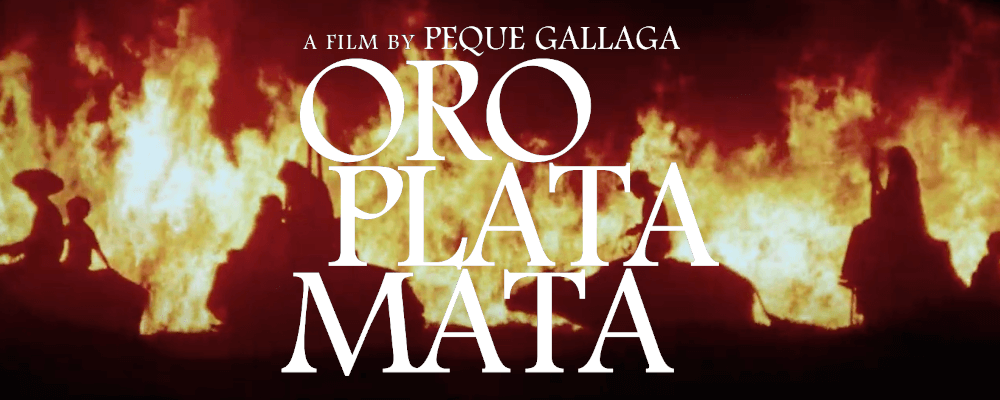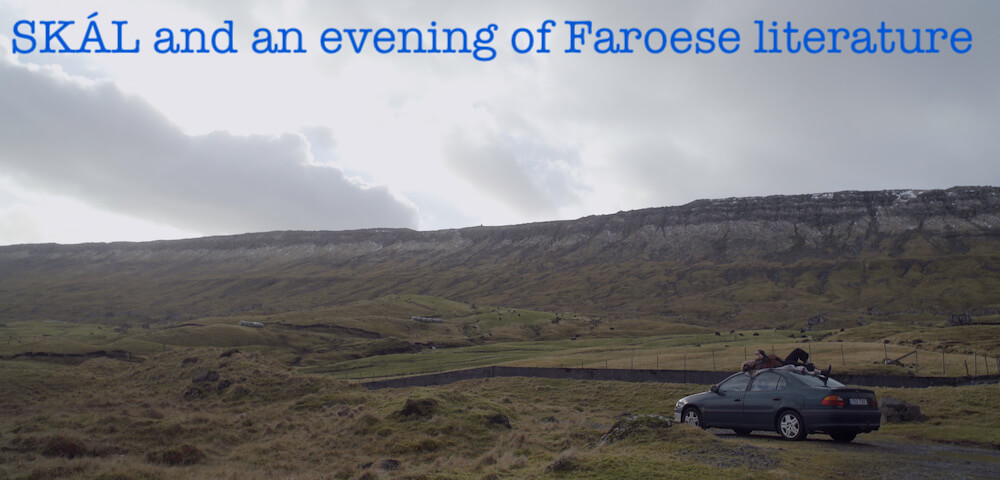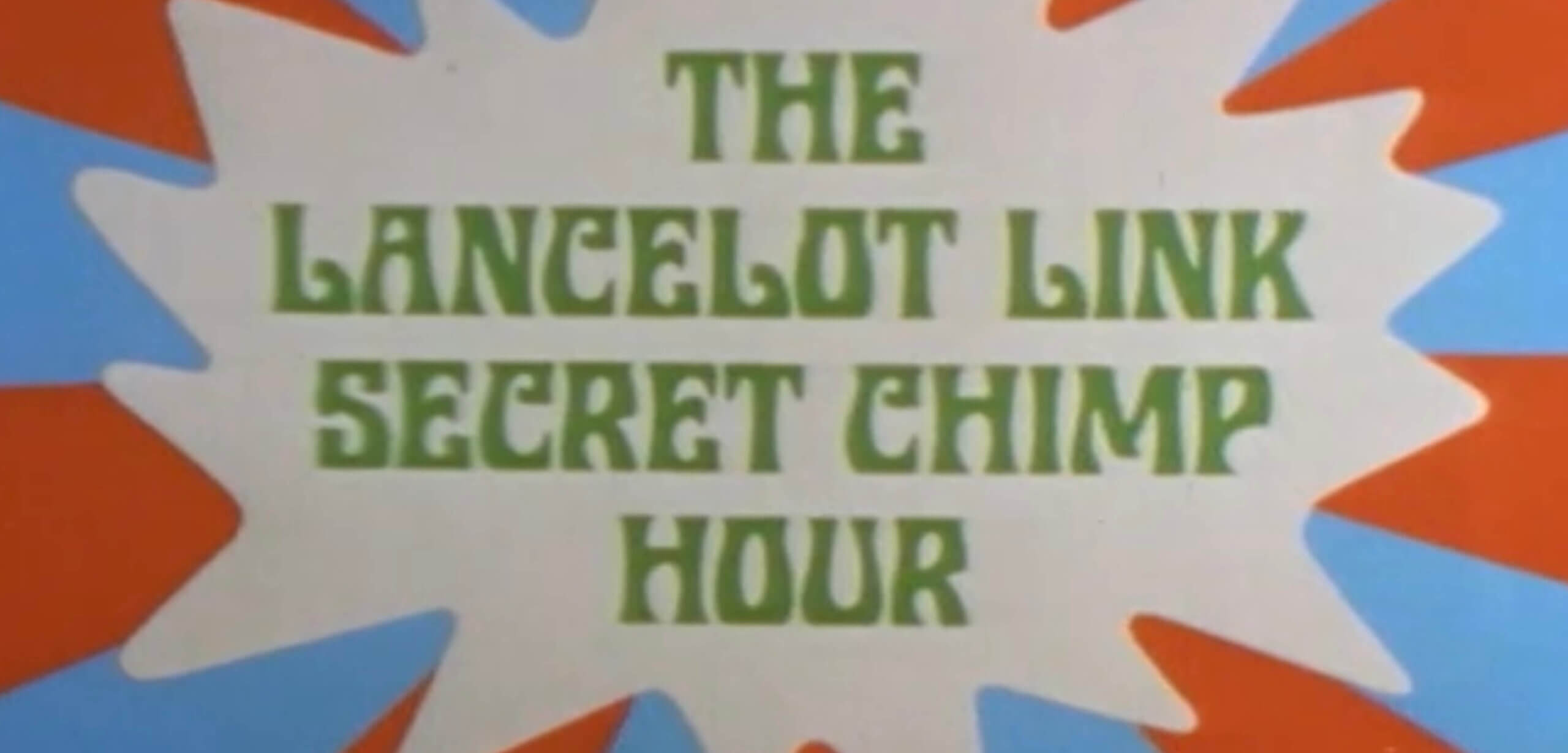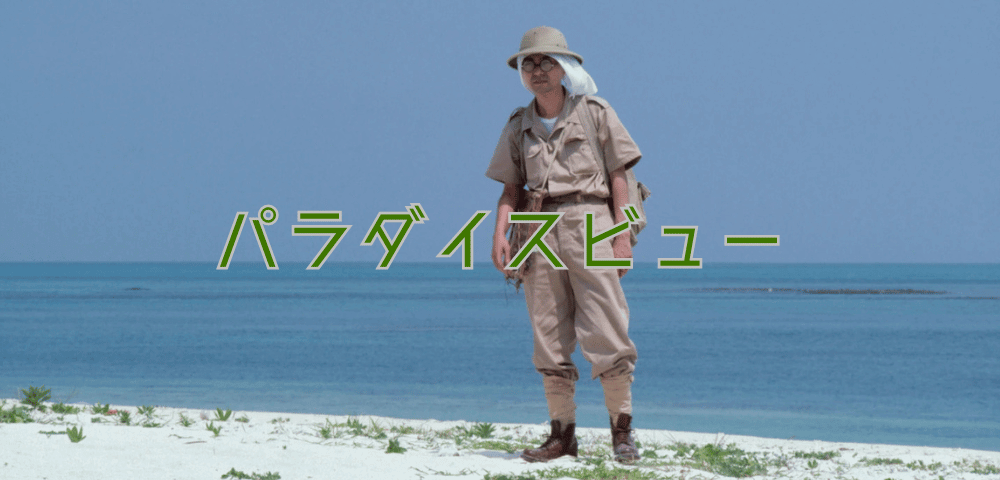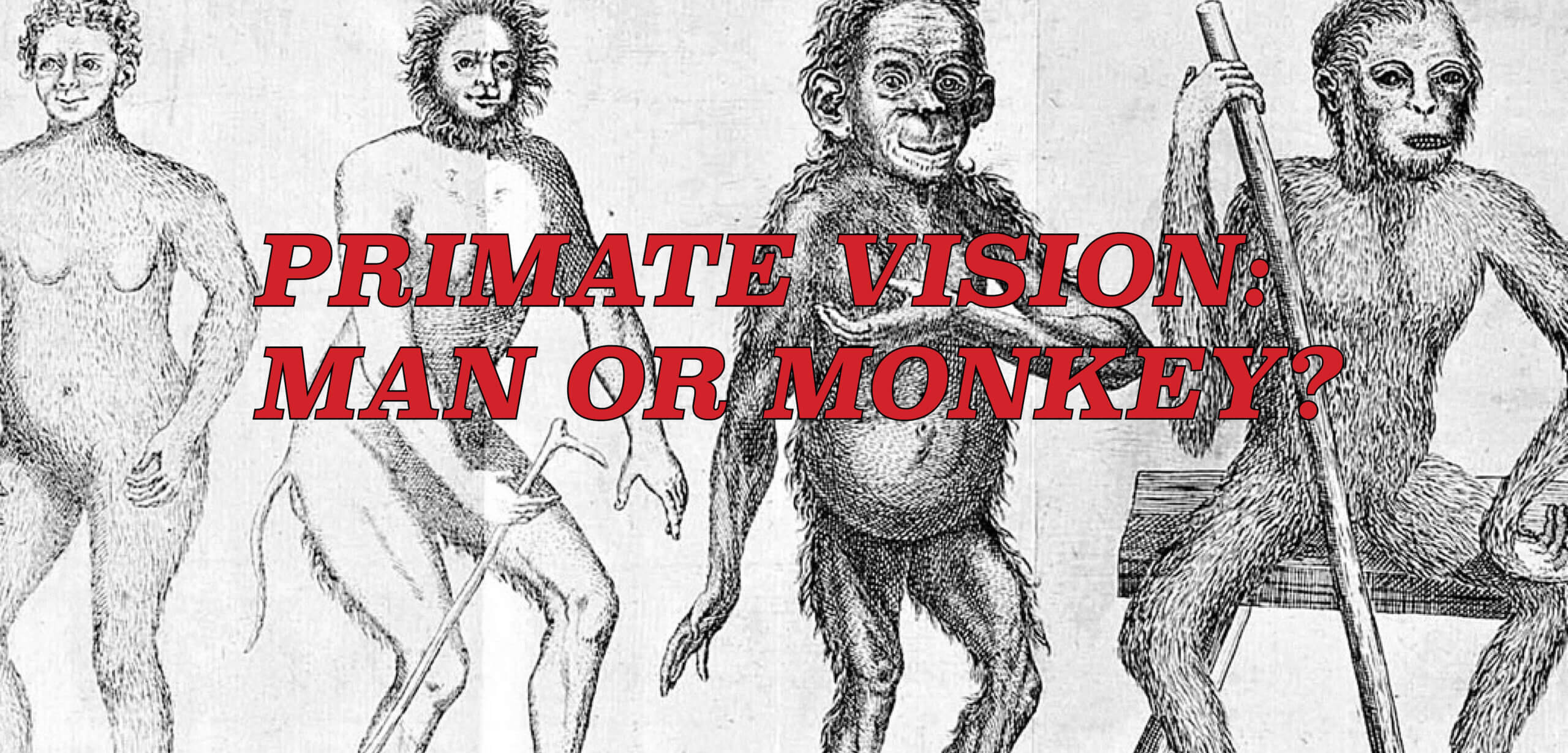
Spectacle Theater’s accompaniment to Roxy Cinema’s MONKEY OR MAN? film series continues to probe the relationship between man and primate by taking a close look at the phenomenon of humans de-evolving into apes. Having previously explored the missing links between both species, now we will focus on the contested territory between the “end of ape” and the “origin of man.”
William Beaudine’s THE APE MAN (1943) concerns a mad scientist who accidentally transforms himself into an ape; in turn, becoming a social pariah because of his new hairy look. René Cardona’s DOCTOR OF DOOM (1963) also involves a mad scientist, but he’s got more nefarious plans in mind. With his sidekick Gomar, the eponymous doctor terrorizes a small Mexican town while trying to create a new race of ape men. Cardona’s second take on the ape-man narrative is NIGHT OF THE BLOODY APES (1969), a gruesome film about a young man who transforms into a sex-crazed murderous ape, instilling fear among Mexico City’s citizens. All of this, and a special undisclosed shocker will be on view during this month of MONKEY MAY-HEM.
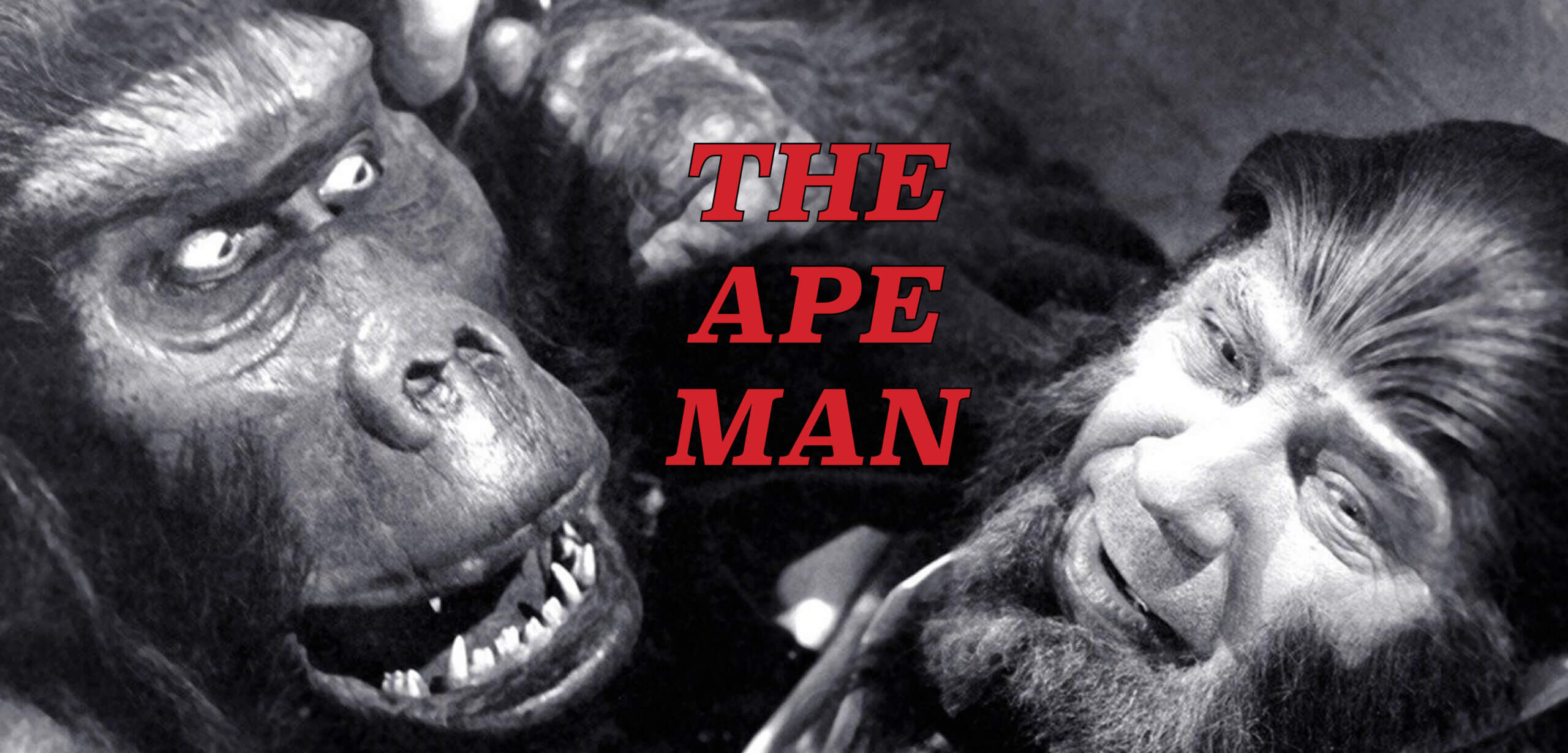
THE APE MAN
dir. William Beaudine, 1943
United States. 64 min.
In English.
WEDNESDAY, MAY 1 – 10 PM
FRIDAY, MAY 10 – MIDNIGHT
FRIDAY, MAY 24 – 10 PM
WEDNESDAY, MAY 29 – 7:30 PM
Dr. James Brewster (Bela Lugosi) accidentally transforms himself into a half-ape-half-human hybrid in this production by the B-movie stalwart William Beaudine. The only way he can remedy his condition is with a special serum that he must extract from human spinal cords, which inevitably leads him on a killing spree with his sidekick gorilla. Covered in hair and relegated to the shadows, Lugosi’s Dr. Brewster inhabits a crippling sense of shame; in turn, reflecting human society’s denigration of our most animalistic instincts.
THE APE MAN flirts with multiple horror tropes, invoking ghosts and scientific mishaps within the same narrative. Dr. Brewster’s sister, Agatha (Minerva Urecal), is a seer and her supernatural powers are constantly pinned to her brother’s growing malice. Questions about the limits of human experience are central to the film, as ghosts’ afterlives and primate former-lives are deemed freakish throughout. Despite being a Poverty Row cheapie, THE APE MAN is riddled with insights about the distinction between man and ape—propriety and transgression.
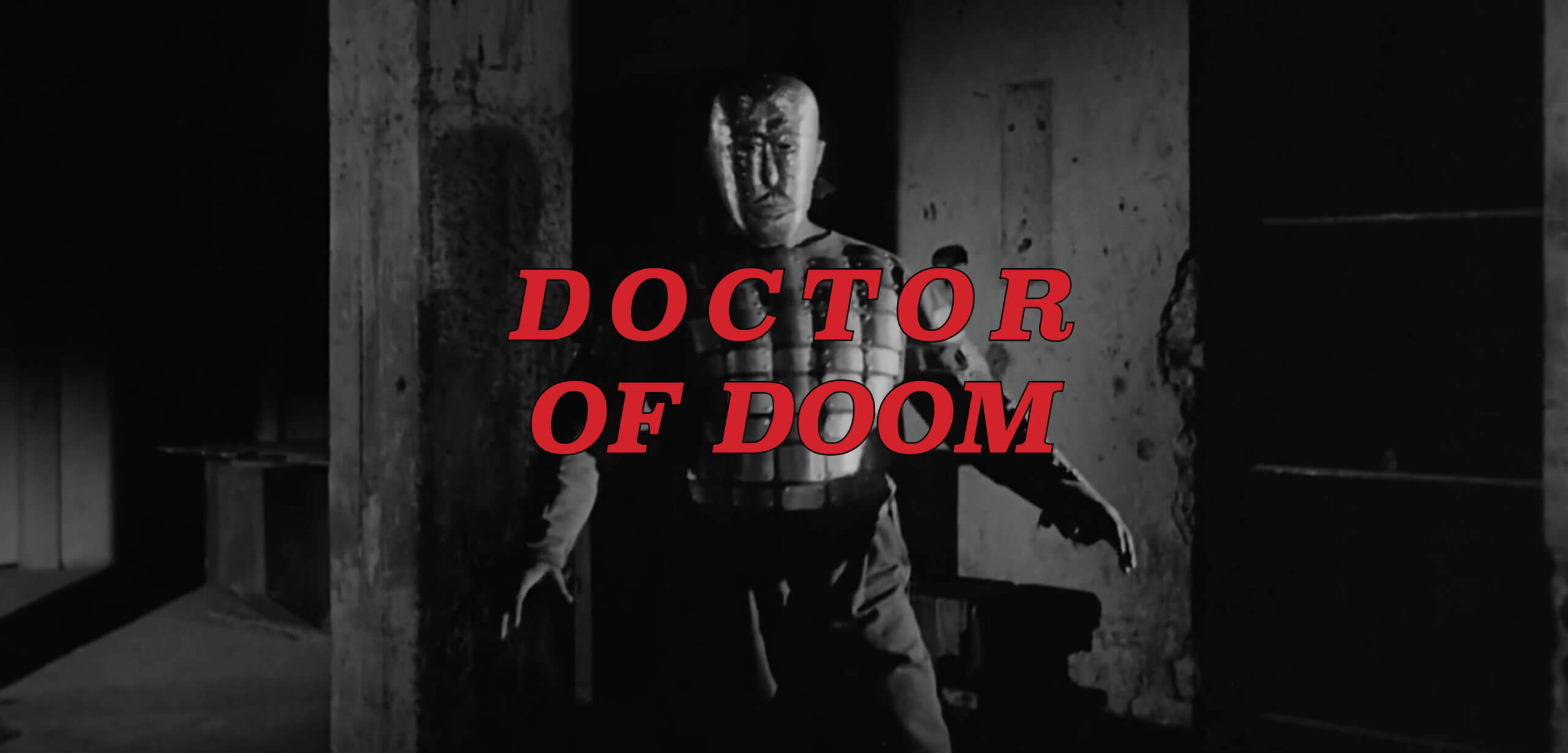
LAS LUCHADORAS CONTRA EL MÉDICO ASESINO
(DOCTOR OF DOOM)
dir. René Cardona, 1963
Mexico. 80 min.
In English.
FRIDAY, MAY 3 – MIDNIGHT
WEDNESDAY, MAY 8 – 7:30 PM
FRIDAY, MAY 17 – 10 PM
WEDNESDAY, MAY 29 – 10 PM
The luchador (wrestler) films are cornerstones of Mexican cinema, with such stars as El Santo and Blue Demon. But in this female wrestling horror film by veteran B-Movie director René Cardona (SANTA CLAUS, THE BAT WOMAN, SANTO IN THE TREASURE OF DRACULA), a small town is threatened by a mysterious serial killer who might just be part-Ape. The local police department’s attempts to uncover who is behind the crimes reveals a sinister conspiracy led by a mad scientist hellbent on creating the perfect human specimen.
The origins of primatology are deeply tied to studies in eugenics; DOCTOR OF DOOM’s mad scientist and his quest to improve the human race by reconfiguring the primate body evokes this dark chapter in scientific research. Early primatologists were never as blatantly sinister about their experiments as this film’s eponymous scientist, yet DOCTOR OF DOOM’s allegorical dimension is still ripe with examples about how the general populace imagined such scientists. Working in cahoots with the mafia from a series of nondescript industrial locales, Dr. Doom’s modus operandi is indicative of the perception surrounding the secretive ways in which scientists modeled human problems and human order in primatological studies.
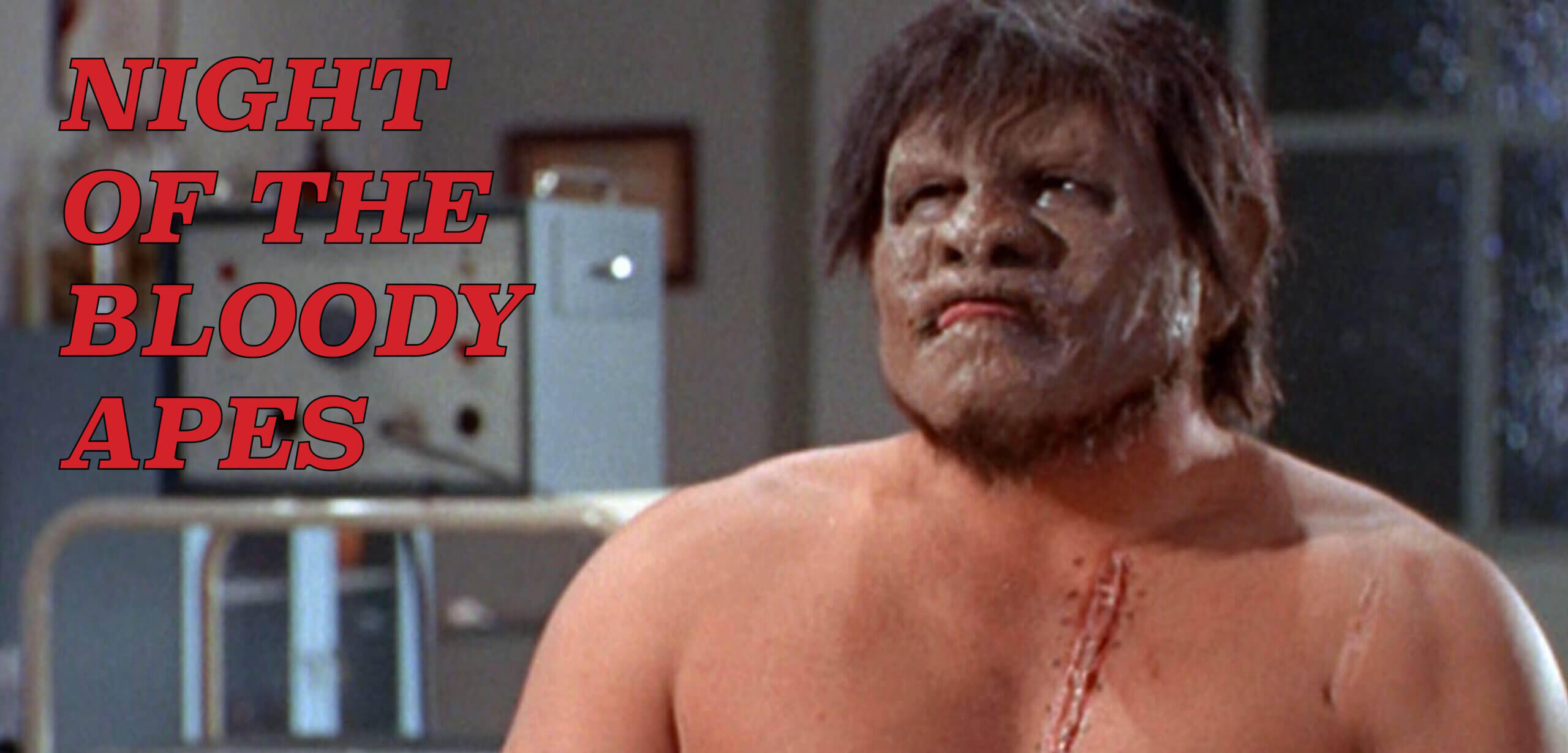
LA HORRIPILANTE BESTIA HUMANA
(NIGHT OF THE BLOODY APES)
dir. René Cardona, 1969
Mexico. 81 min.
In English.
SATURDAY, MAY 4 – MIDNIGHT
FRIDAY, MAY 10 – 10 PM
WEDNESDAY, MAY 22 – 7:30 PM
TUESDAY, MAY 28 – 10 PM
This film includes scenes of sexual violence.
“It’s as if H.G. Lewis made ALTERED STATES, but also RE-ANIMATOR and in Mexico.”
—Caroline Kopko
A surgeon, Dr. Krallman (José Elias Moreno), unleashes a monster on Mexico City after he transplants a gorilla’s heart into his son’s body in a last-ditch attempt to save him from Leukemia. Although it is a shame there is only one ape-man in NIGHT OF THE BLOODY APES, Cardona makes up for it by offering a grizzlier take on the premise that he had previously sketched out in DOCTOR OF DOOM. NIGHT OF THE BLOODY APES is a mean morality play, in which science and ethics are exploded to maximum dramatic effect.

